Jeff King has a lot of important work to do. As Otterbein’s first chief diversity officer, he will provide leadership and vision to the strategies and policies of the institution in the crucial area of diversity, equity, and inclusion. To do so, he’s ready to collaborate across campus.
Student Affairs wants to foster a campus culture that attracts and retains more diverse students. Academic Affairs wants to meaningfully incorporate diversity, equity, and inclusion into the curricula of more courses. Enrollment Management wants to provide opportunities for more students from underserved school districts. The list goes on.
King knows what it takes to improve in all of these areas. He came to Otterbein with more than three decades of higher education experience in the areas of diversity and inclusion, admission, and student life.
We talked to King as he begins his new role:
We talked to King as he begins his new role:
LISTENING
to students and amplifying their voices.
BRINGING
more voices into important conversations.
TEACHING
in ways that engage students of different backgrounds.
How will you expand on the work that’s already being done at Otterbein?
It is both an honor and kind of a humbling experience to be the person chosen to lead the institution — an institution that’s 175 years old — on to hopefully even greater heights, especially as it pertains to moving toward a more diverse and equitable campus community.
What most interested you about joining Otterbein at this time in this role?
I started my career at an institution that was part of the Underground Railroad, Wilberforce University. That was my first opportunity to work in an institution that was so integral in the Underground Railroad and the freeing of enslaved Africans and African Americans. Coming to an institution that was so instrumental in that same movement set the stage for the latter part of my career.
From your standpoint, what does an inclusive and equitable campus look like?
It looks like a place where you see representation of diversity everywhere you go, and diversity does not just have to be represented in the color of someone’s skin or the way that person dresses or the gender of that person. If we are able to welcome and recognize that diversity on our campus and promote it, that’s what we’re looking for.
How will you expand on the work that’s already being done at Otterbein?
There are a lot of good things that are already going on that just need to be expanded upon. We just need to bring more voices to the table. It’s a matter of making sure that we include everyone that wants to be included, in the way in which they want to be defined and included.
How do you hope to engage with students?
We have to meet students where they are to make sure that we’re listening to the students and amplifying their voices and making sure those voices are heard. I think that’s part of why you have a Chief Diversity Officer now — to make sure their voices are being heard at the level of the cabinet and the Board of Trustees, in the community, and with the alums so their needs are being met and addressed.
What does culturally inclusive curricula look like and what is the benefit to students?
The concept of culturally responsive teaching practices, as I call it, came from a colleague of mine at Vanderbilt University, Professor Rich Milnor, who wrote a book called Start Where You Are But Don’t Stay There. If we’re doing good things in the classroom, continue those things but don’t just stay there. Make sure that you’re taking on challenges, looking from different perspectives, and employing teaching practices that will hopefully engage students that may have a different background. We can know everything that we need to know about another person’s culture but still not understand that person. And that’s where the concept of not only culturally responsive teaching practice has become so important, but the concept of cultural humility. Cultural humility is the capacity for us, as faculty and staff members, to address our students at an appropriate level where they understand that we’re not that different from who they are becoming. They don’t know that we’ve had some of the same hardships and experiences. Some of us failed calculus just like they did, some of us had difficulties getting to our 8 a.m. class just like they did. Once we can get to that concept of cultural humility, students start to understand us better and trust is built.
Are there ways alumni can get involved or support the work that you are doing at Otterbein?
I’m going to be reaching out to Otterbein alumni to talk to a group of students about your career path and what you did in your career to succeed. Talk about the obstacles that — in that same spirit of culturally responsive teaching and cultural humility — show these students that you had the same struggles that they have and now you’re a lawyer or engineer. We want alumni encouraging our students, being a network for the students so they can catapult on to their successful careers.
What do you want the Otterbein community to know that’s a core part of who you are and how you like to do business?
I hope that the faculty and administrators on this campus, as well as our students and the people of Otterbein, Westerville, and Columbus, understand that we want to work with you. If you want me to come to your class and speak to them about diversity or to have a dialogue, then I will come, I will bring others with me, and we will continue to work with you. If you decide you want to do a program, talk to my office about possible collaborations because that’s the only way I will do business. You will hardly ever see a program sponsored by this one office or this one entity; it is going to be a litany of co-sponsors working in close association that support each other.
WELCOME to Campus
Frank E. Dobson Jr., Ph.D.
 Frank is the new director of the Office of Social Justice and Activism. He has served in numerous capacities in higher education, teaching, and promoting campus diversity efforts nationwide. A published writer and scholar, he seeks to promote the “Beloved Community,” and the African concept of Ubuntu: “I am, because we are.” His novels, Rendered Invisible and The Race is Not Given, probe conflict and trauma due to racism, violence, and mental health.
Frank is the new director of the Office of Social Justice and Activism. He has served in numerous capacities in higher education, teaching, and promoting campus diversity efforts nationwide. A published writer and scholar, he seeks to promote the “Beloved Community,” and the African concept of Ubuntu: “I am, because we are.” His novels, Rendered Invisible and The Race is Not Given, probe conflict and trauma due to racism, violence, and mental health.
Most recently, he has written on Black popular culture and film, including such diverse figures as Spike Lee, Clint Eastwood, Vin Diesel, and the legendary actor and athlete, Woody Strode. Dobson has served on several social justice boards, and he believes that social justice can be furthered through communication, empathy, and grace toward one another. Along with his daughter, Jasmin, he is coauthoring a series of children’s books titled Black Legacy Lessons, highlighting African American trailblazers.



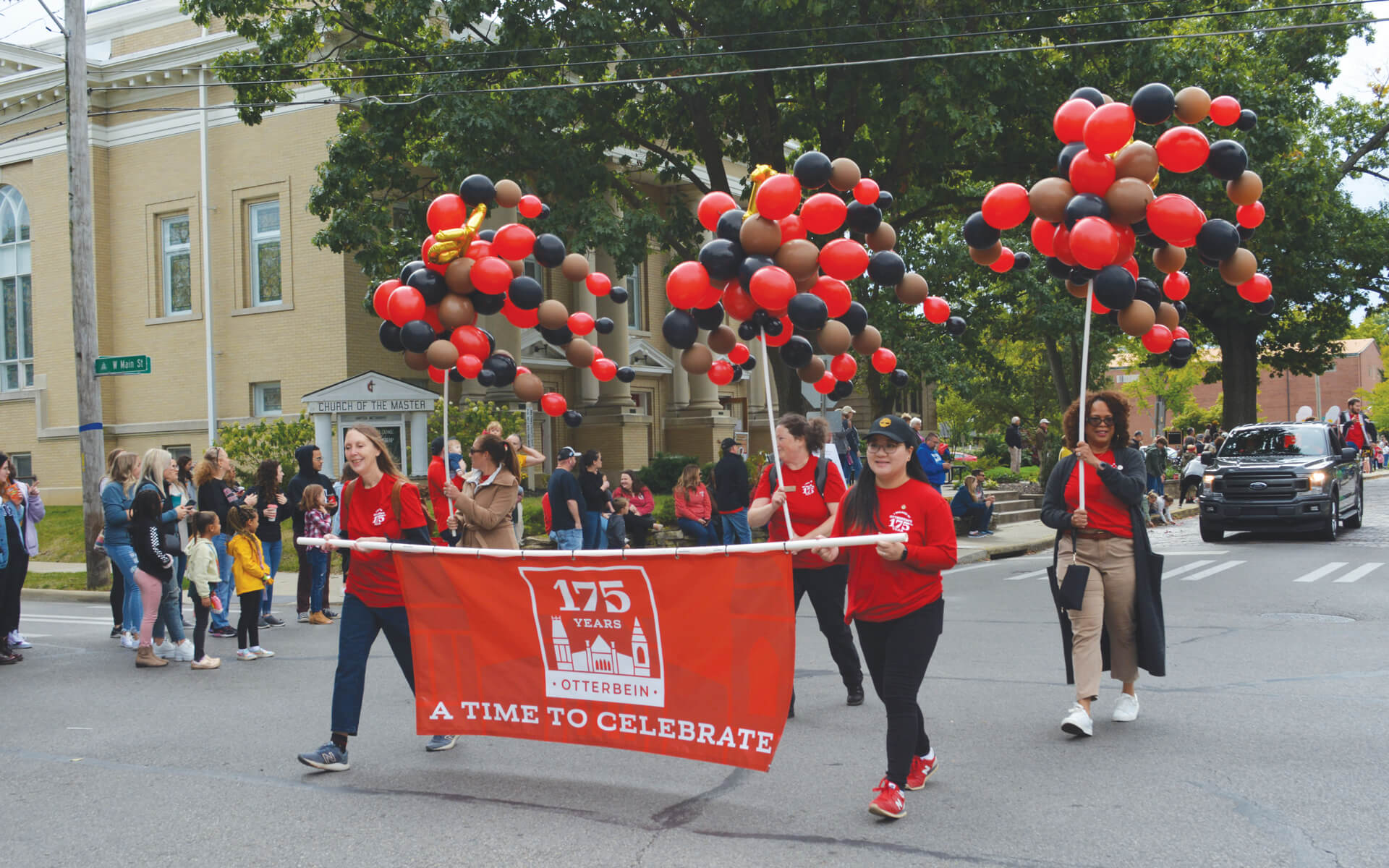
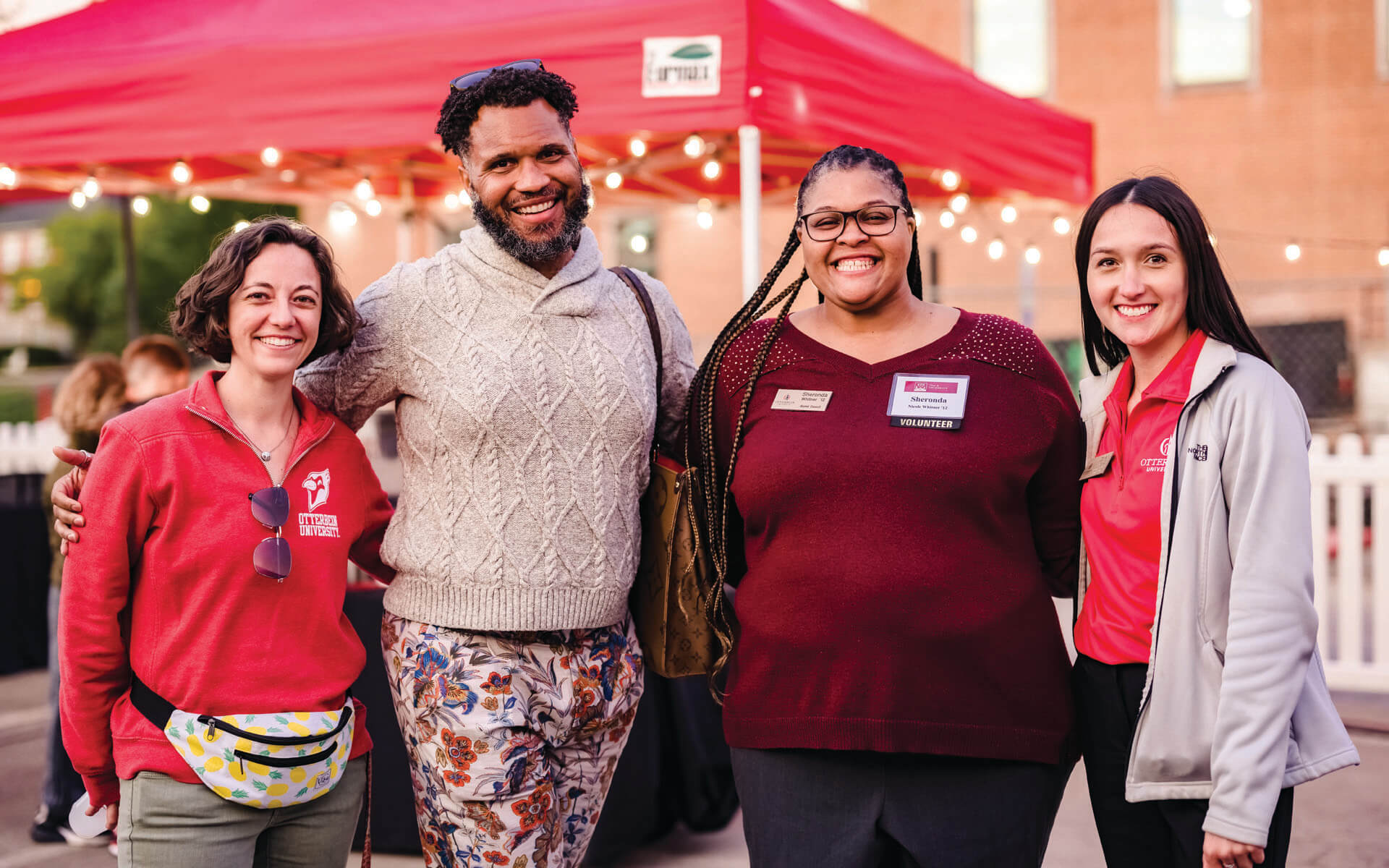

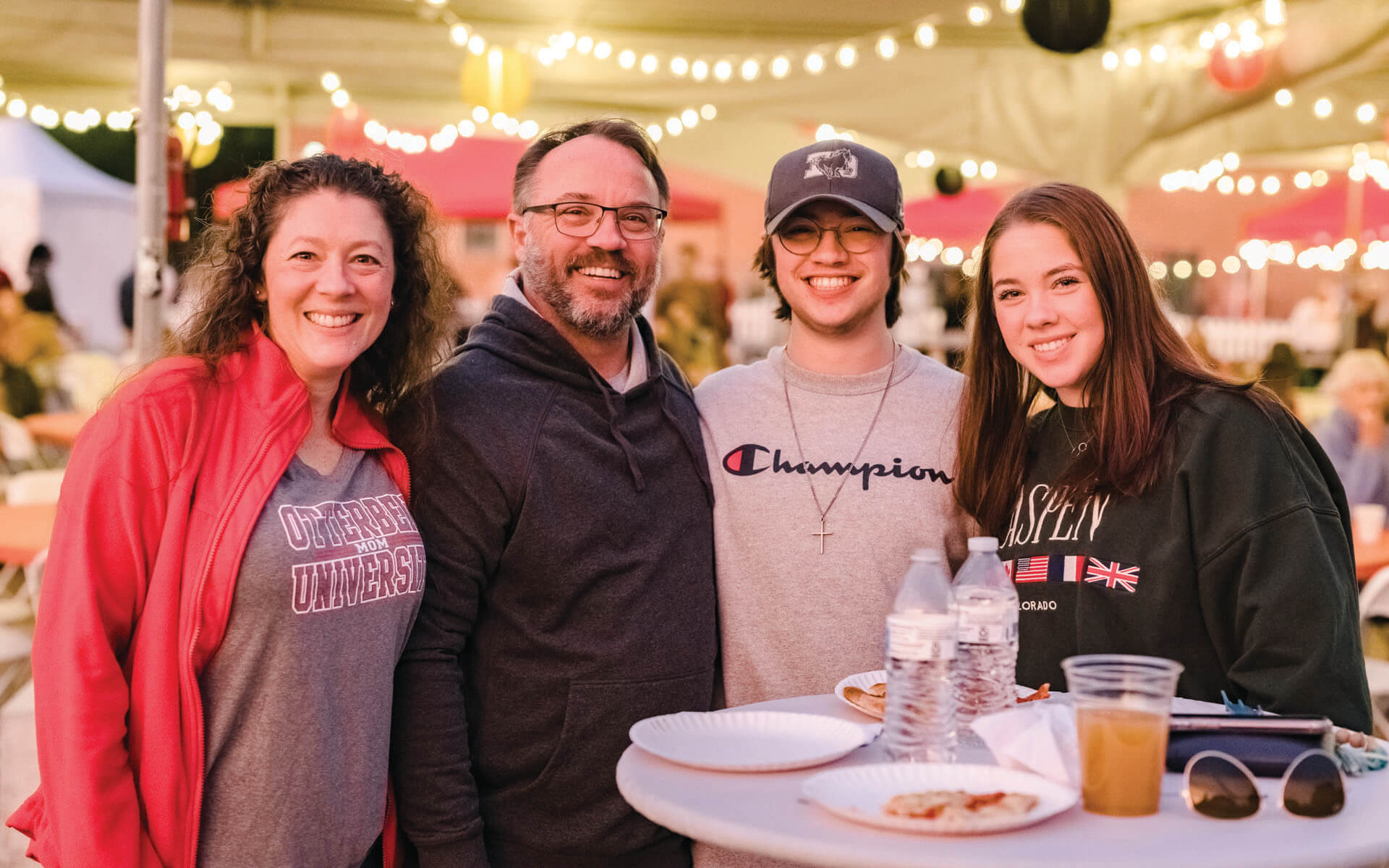
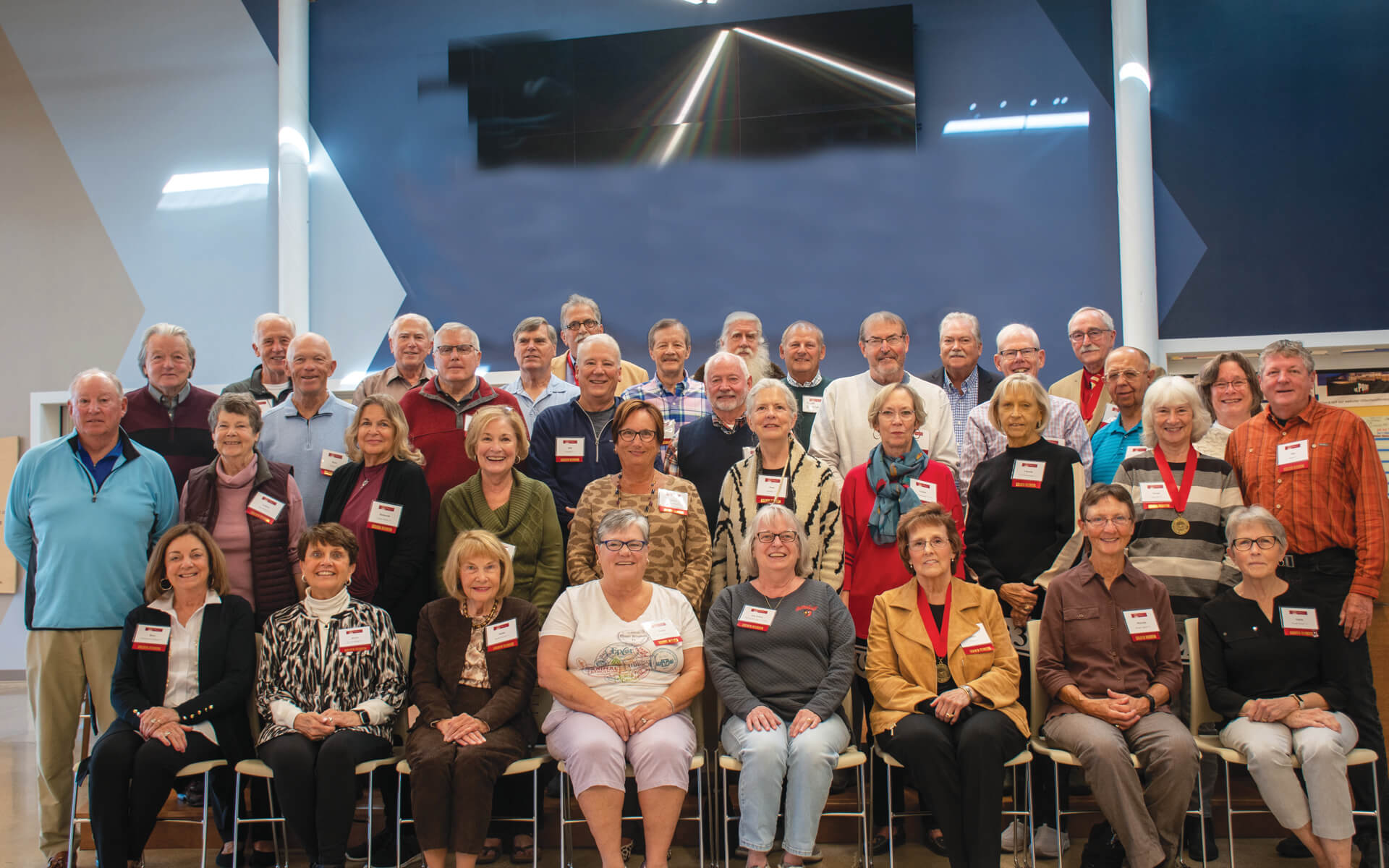
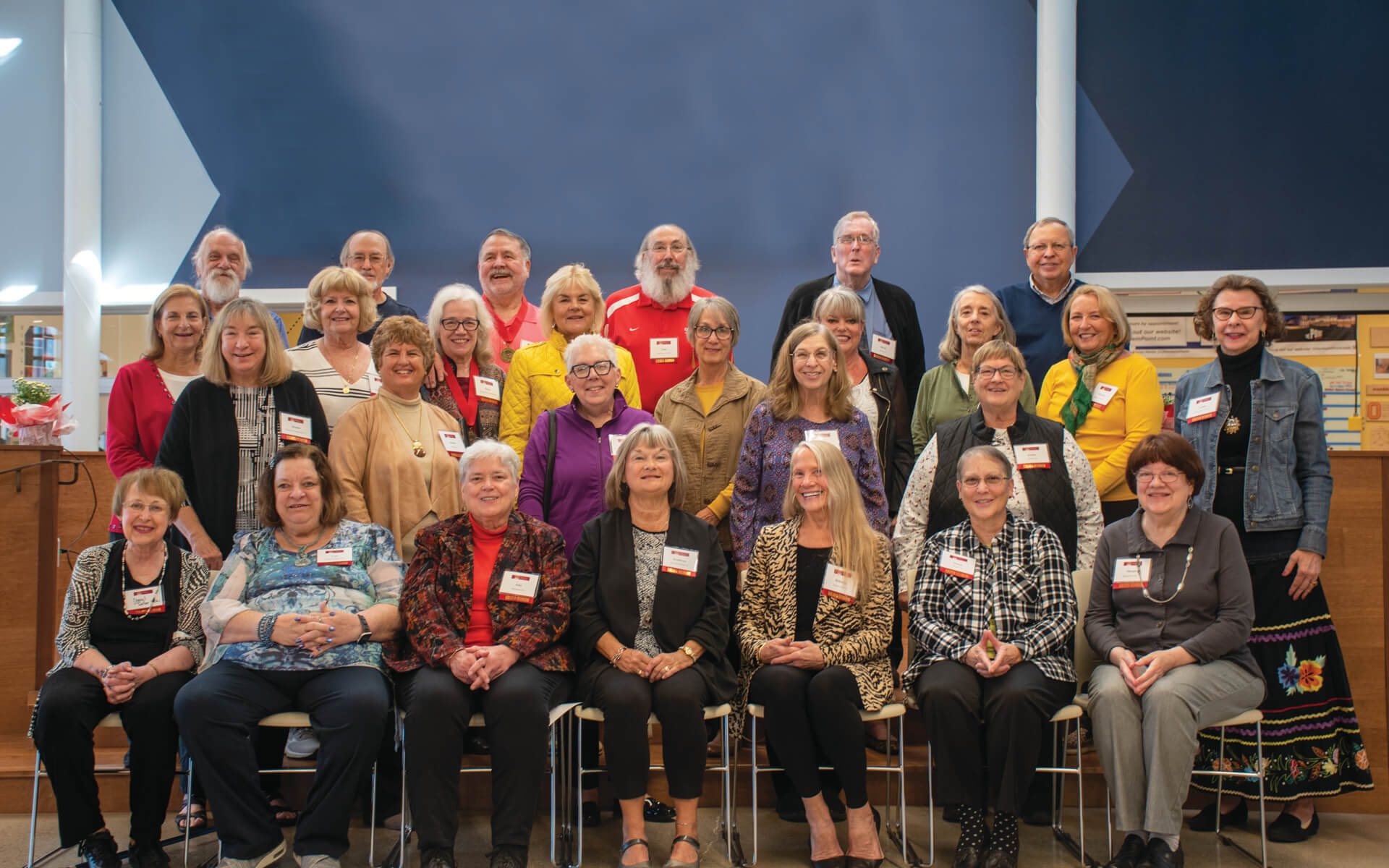

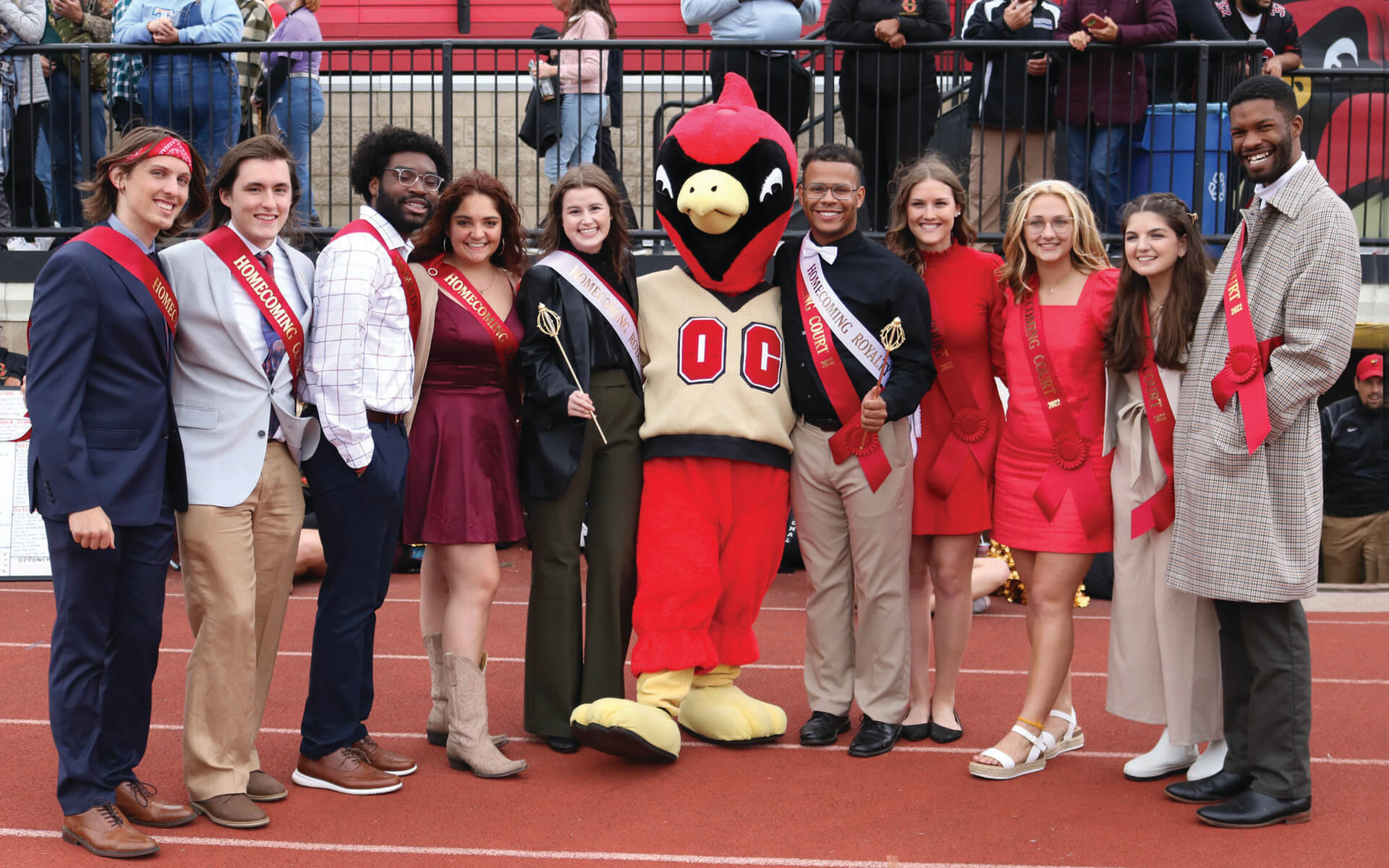
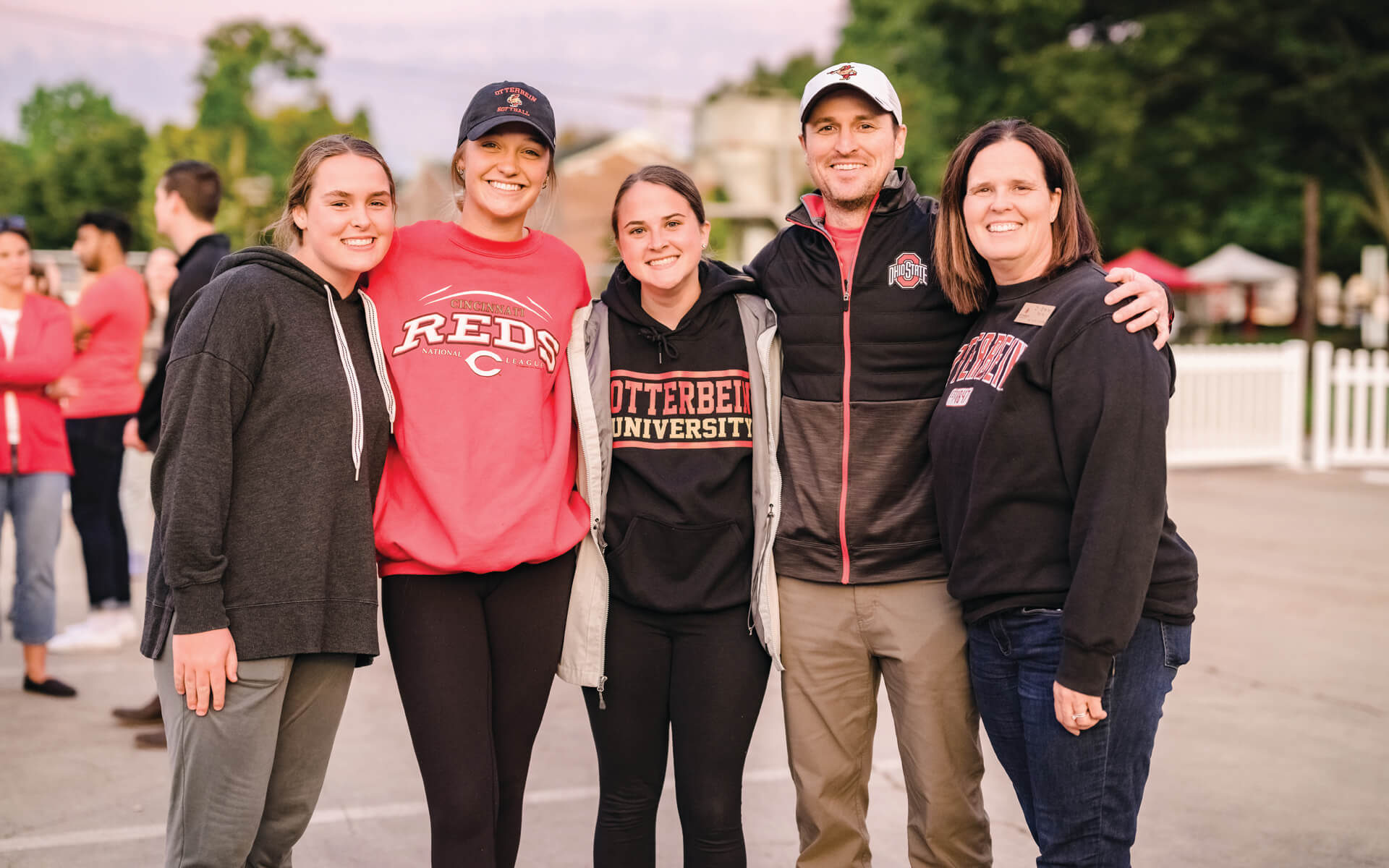
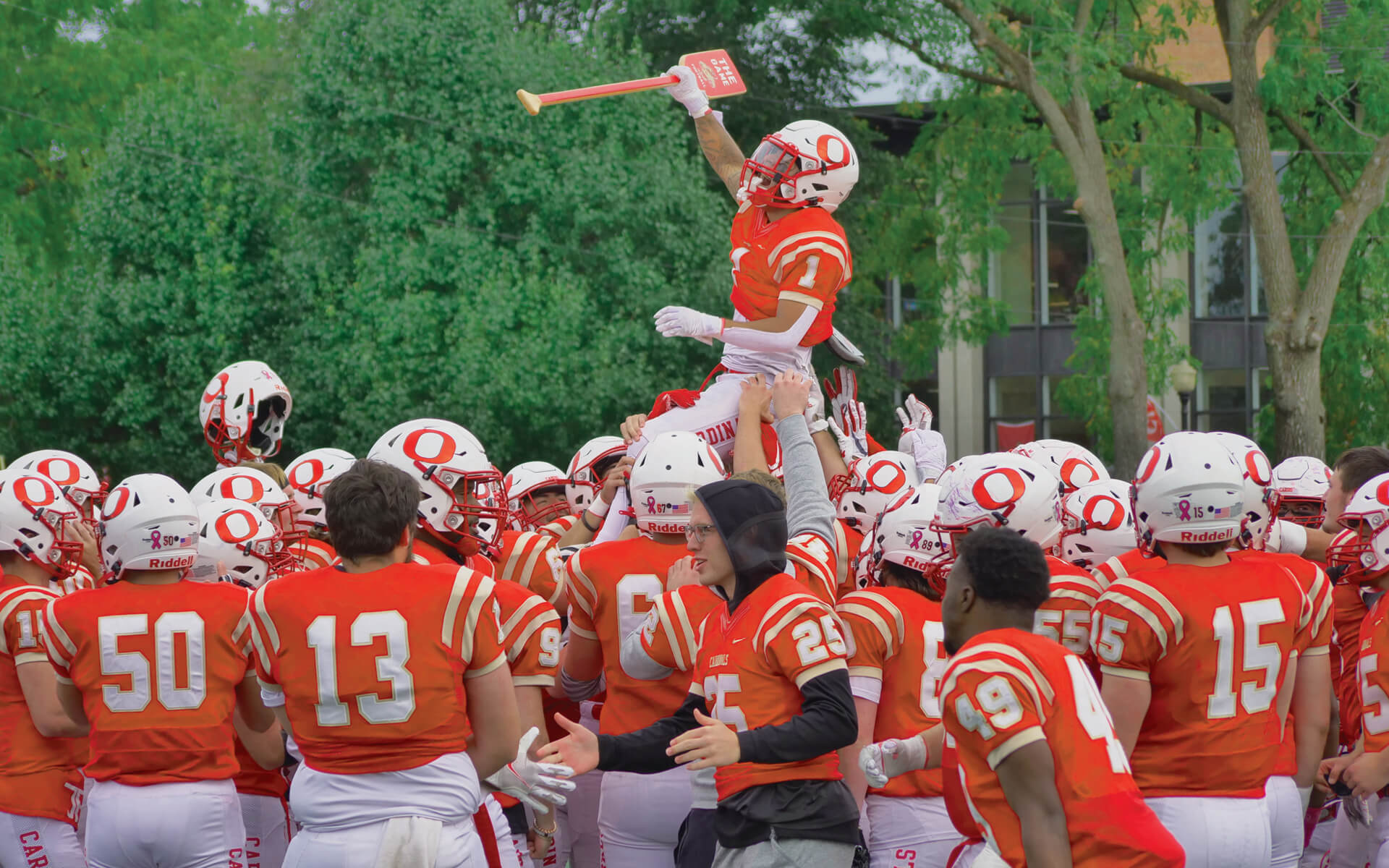

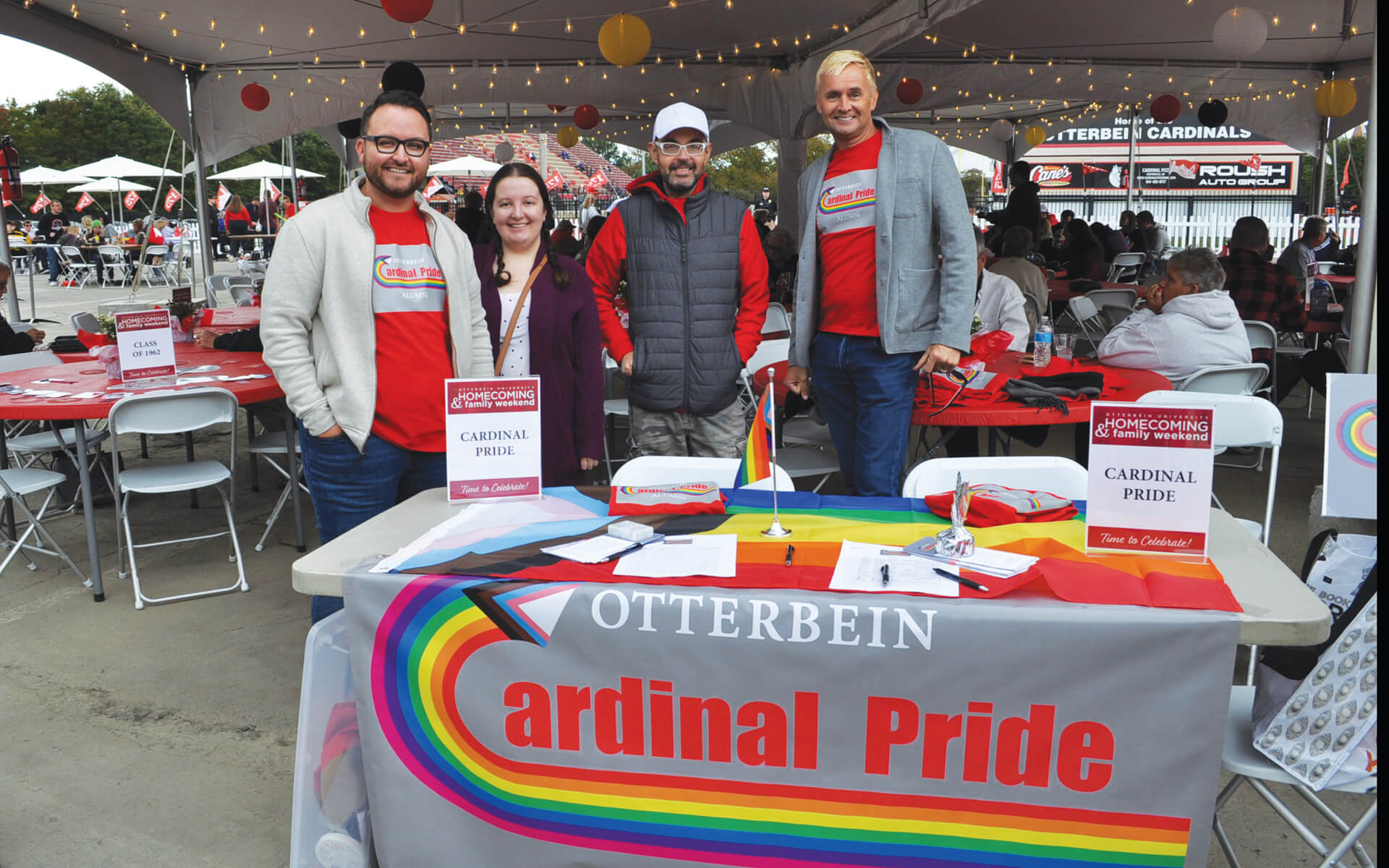
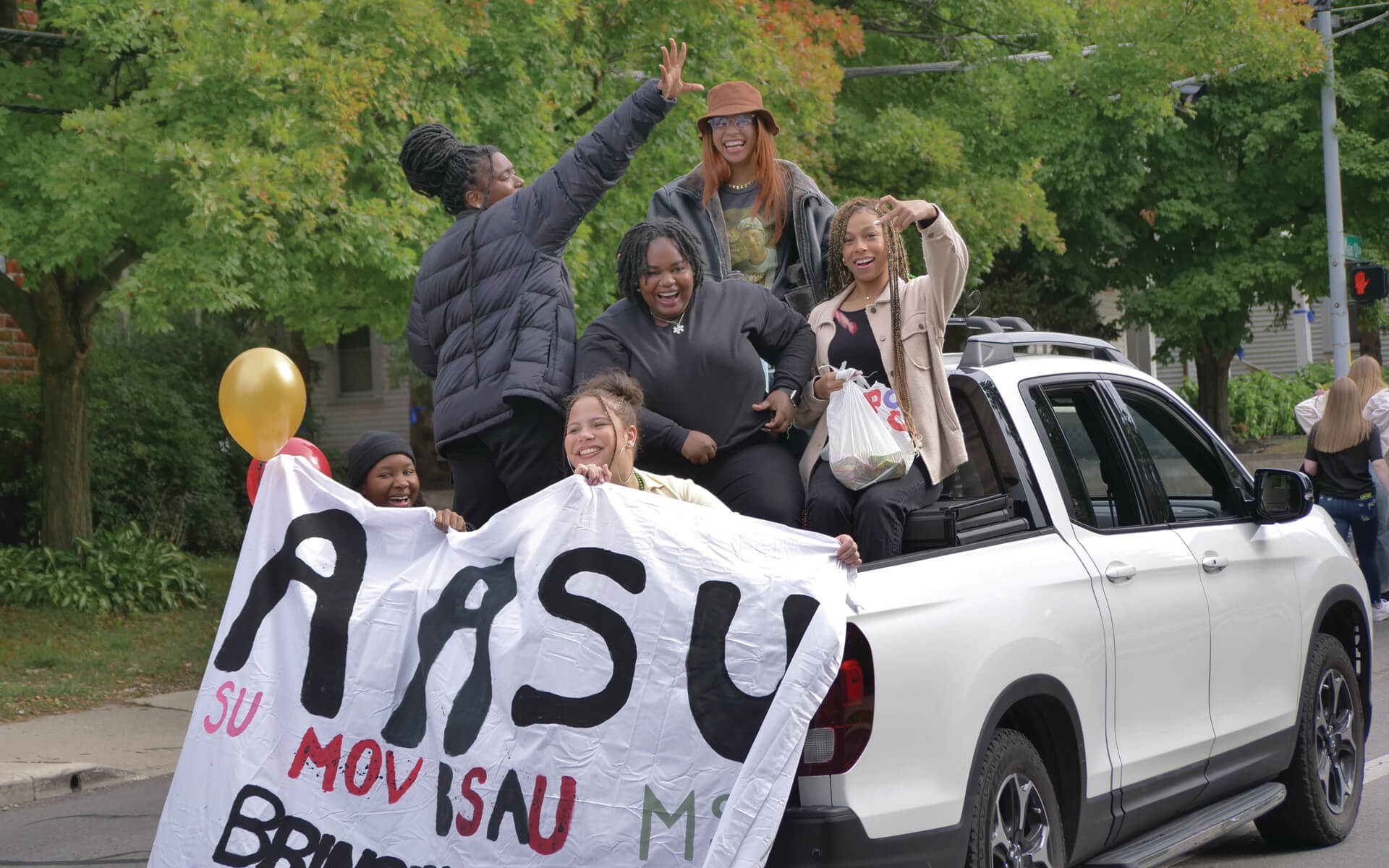
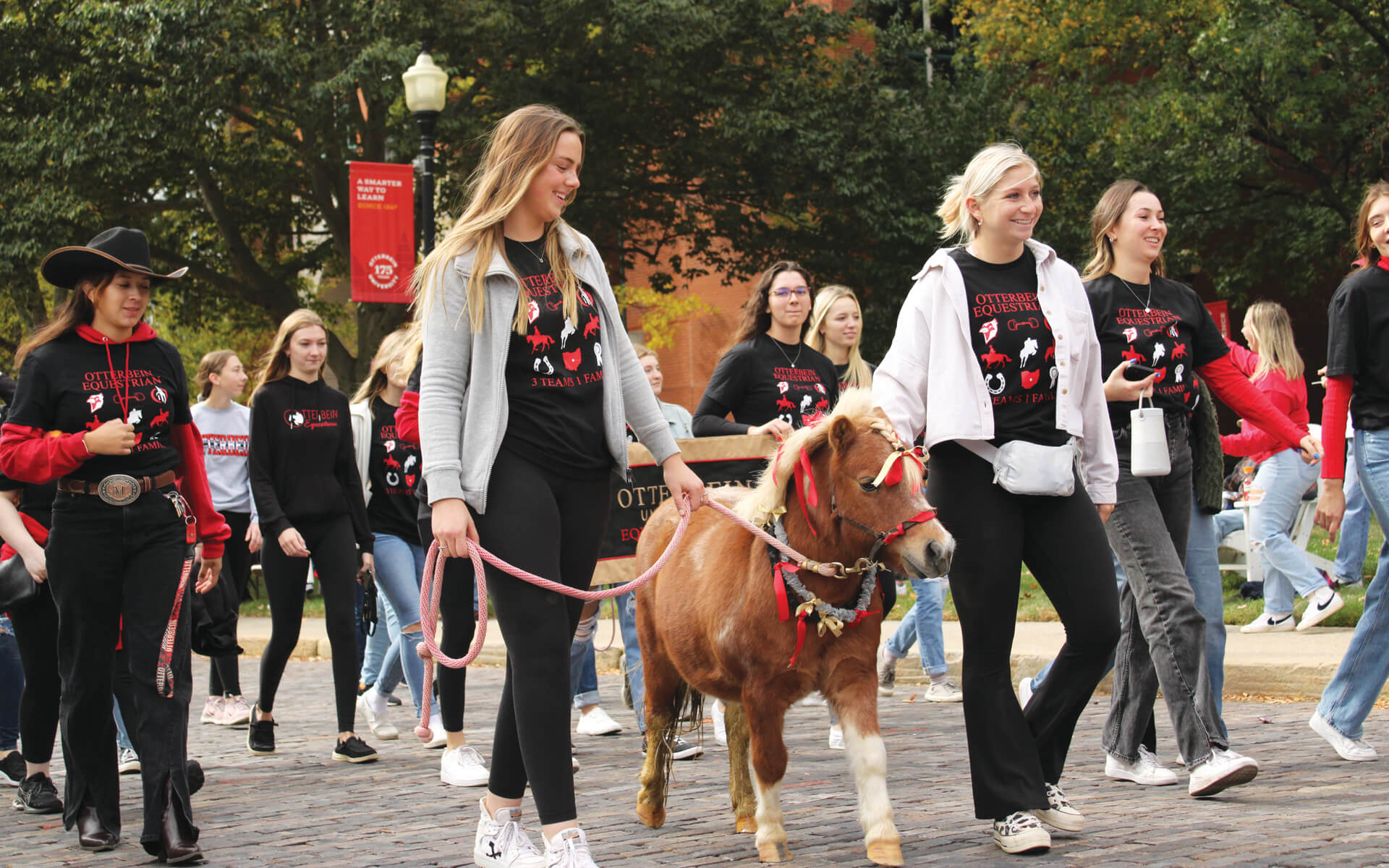







 “One of the failures of those responsible for the Flint water crisis is attributed to their lack of understanding of a water delivery system and the chemical dynamics of the system. While the Flint River water may not have been toxic, the chemistry of the water caused it to be corrosive to the pipes delivering the water to residents.
“One of the failures of those responsible for the Flint water crisis is attributed to their lack of understanding of a water delivery system and the chemical dynamics of the system. While the Flint River water may not have been toxic, the chemistry of the water caused it to be corrosive to the pipes delivering the water to residents. “The Environmental Protection Agency defines environmental justice as ‘the fair treatment and meaningful involvement of all people regardless of race, color, national origin, or income, with respect to the development, implementation, and enforcement of environmental laws, regulations, and policies.
“The Environmental Protection Agency defines environmental justice as ‘the fair treatment and meaningful involvement of all people regardless of race, color, national origin, or income, with respect to the development, implementation, and enforcement of environmental laws, regulations, and policies.









